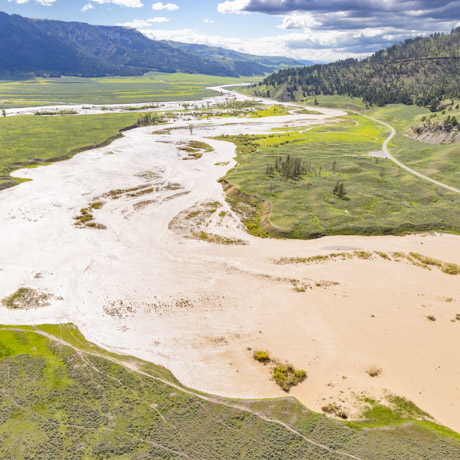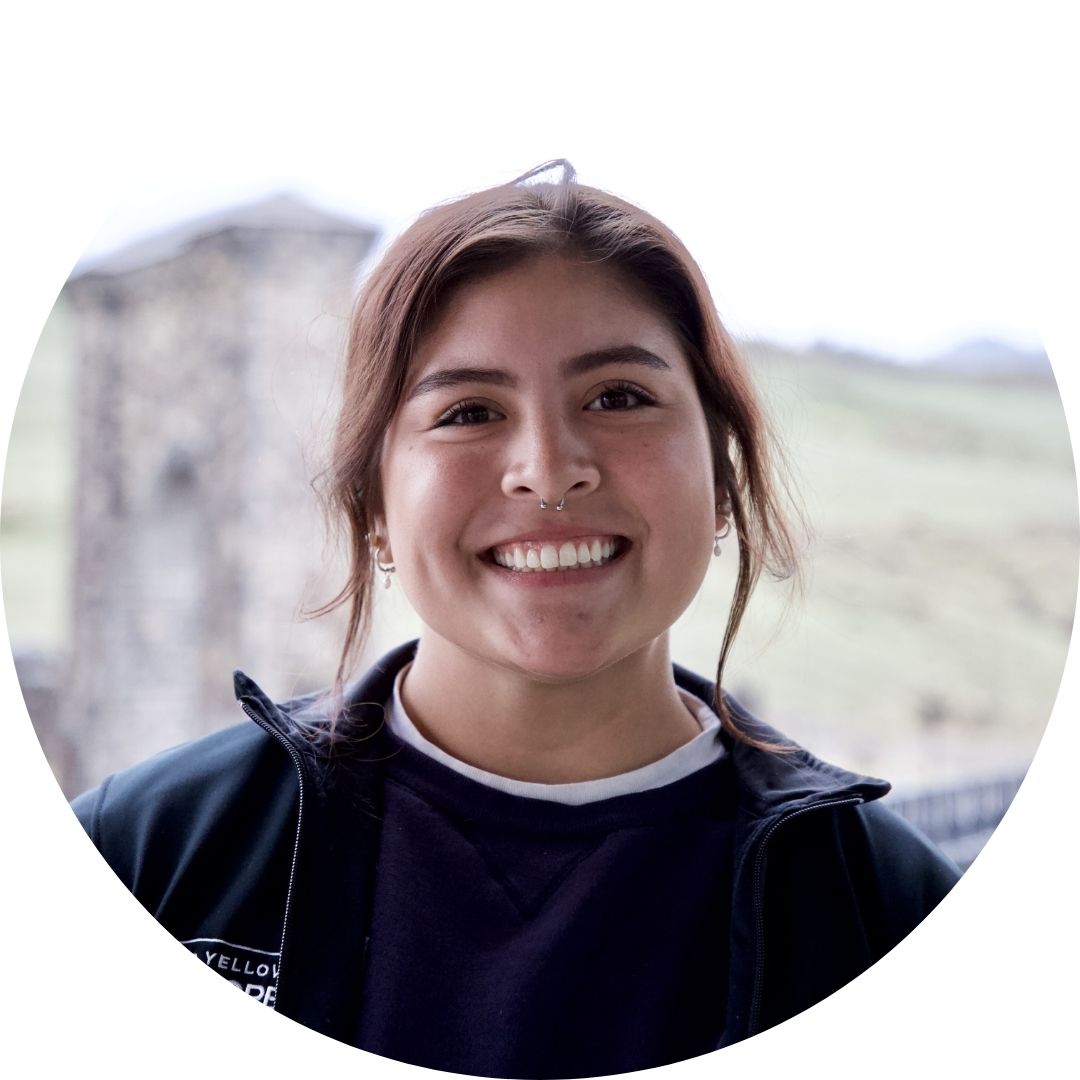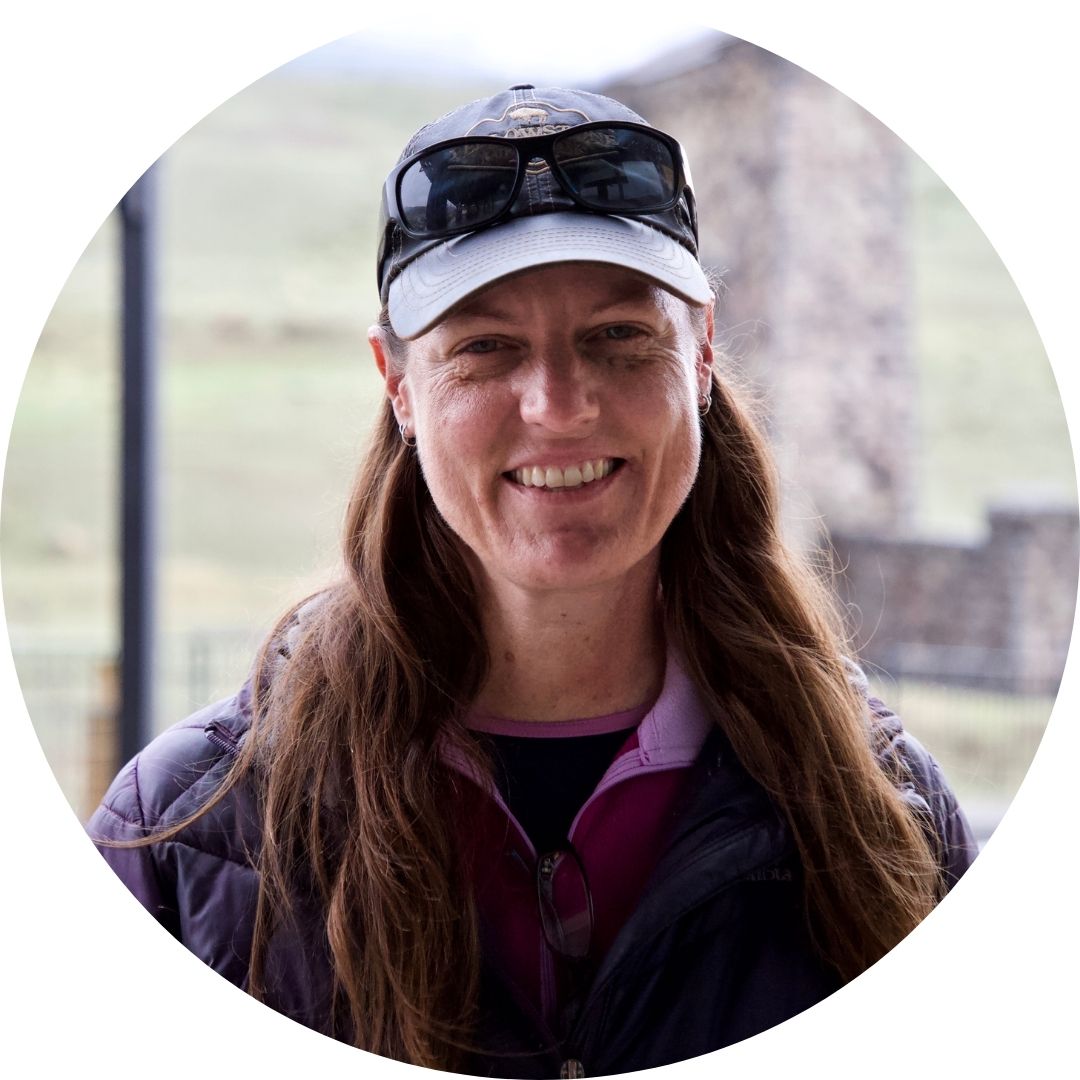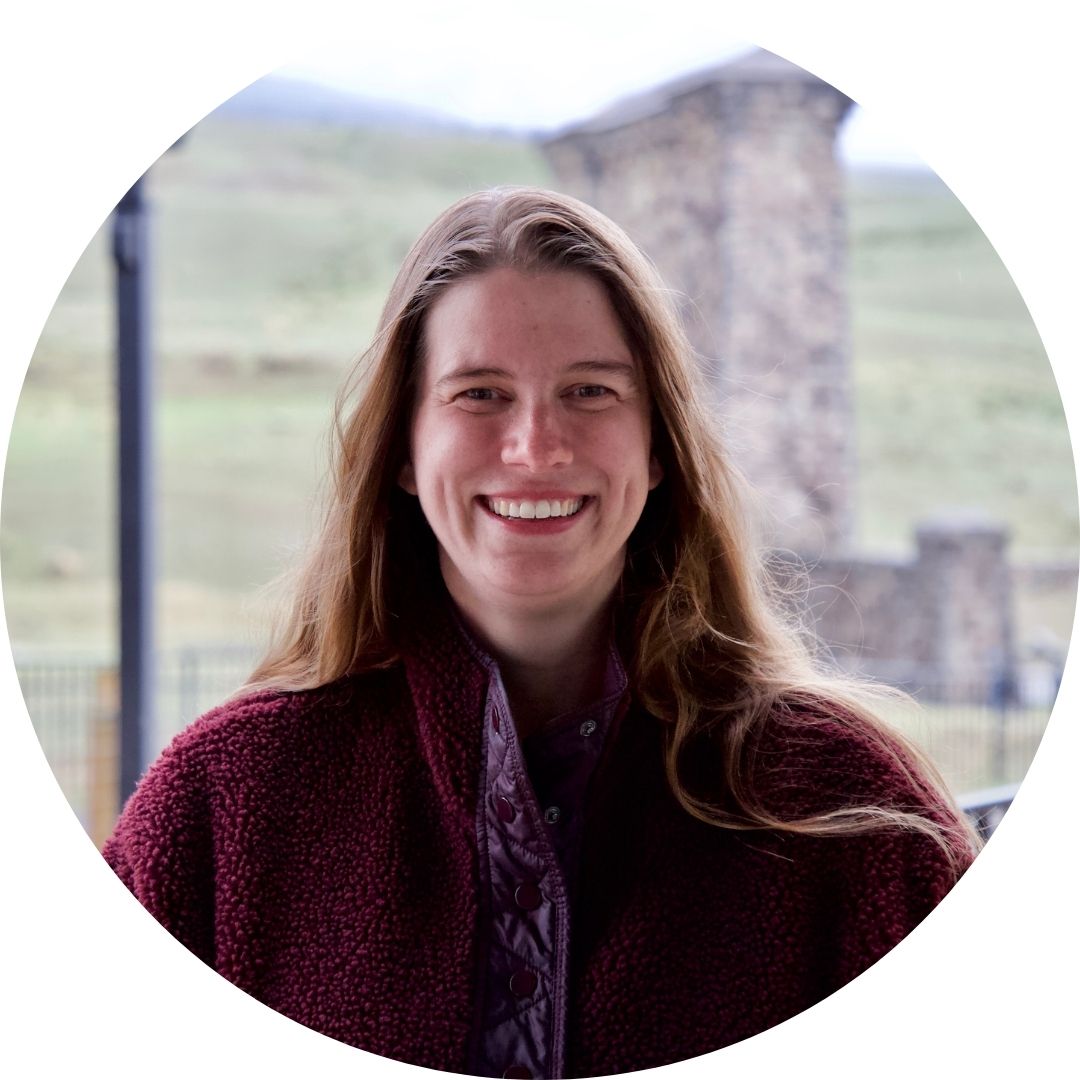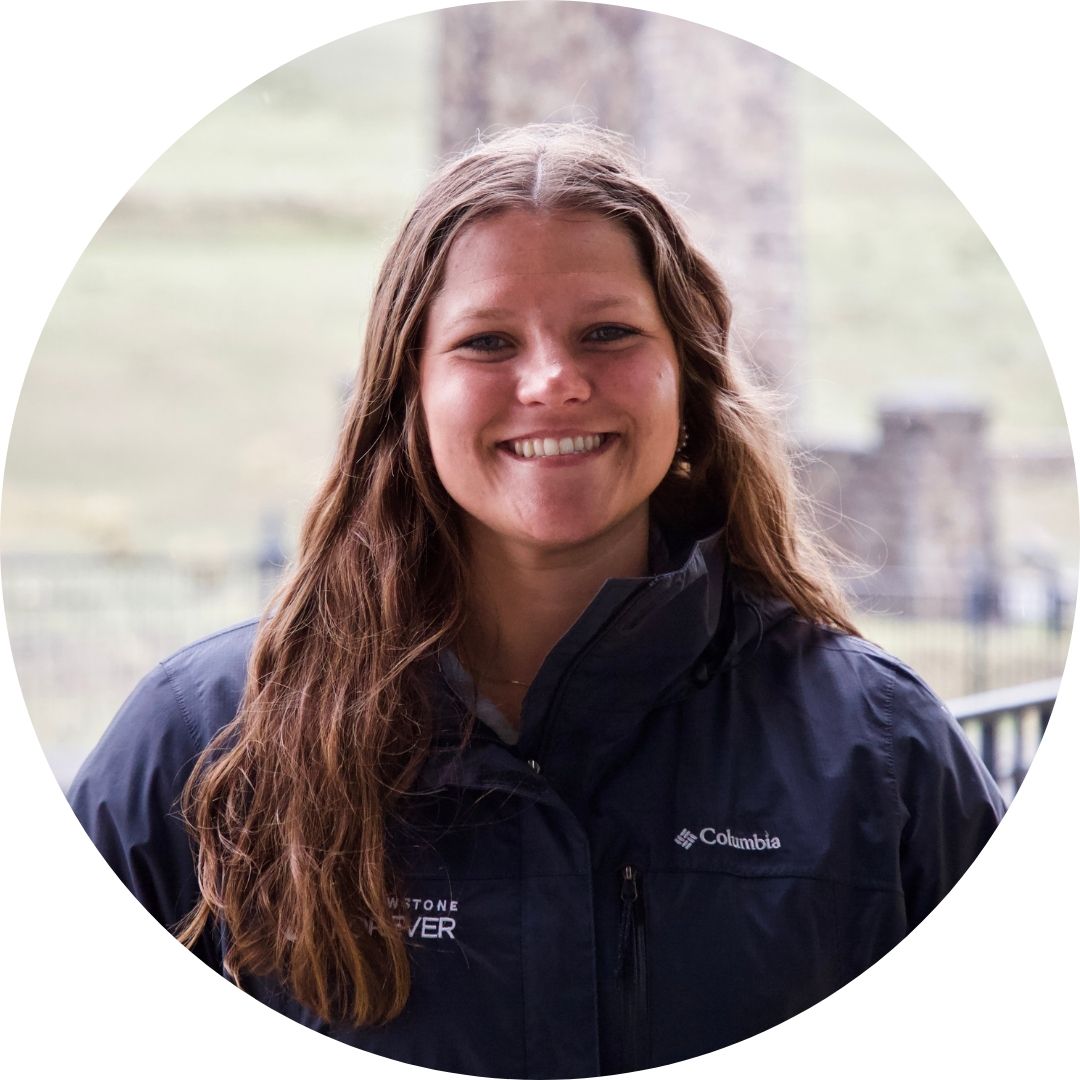Catastrophe Country: How Extreme Events Shape Northern Yellowstone
August 20 - 22
Lamar Buffalo Ranch
No
Grant Meyer, Ph.D., Matt Bingham, M.Ed.
18+
Field Seminars
Yellowstone is well known for its giant caldera and supervolcano eruptions, but other catastrophic processes have played an important and recurring role in creating the dramatic scenery and vibrant ecosystems of the park. This is especially apparent in the mountainous landscapes of northeastern Yellowstone, where massive landslides, extreme floods, earthquakes, severe wildfires, and debris flows punctuate the seemingly serene environment, along with volcanic paroxysms on longer timescales. During this seminar, you will examine the evidence for these events in the recent geologic past, as well as those in recent decades, and consider how such natural disturbance is a key factor in maintaining ecological diversity. Fascinating landforms, geologic deposits, and vegetation patterns relating to these episodic phenomena are spectacularly displayed within easy travel distance from your base at Lamar Buffalo Ranch, allowing hands-on study. This course will also provide important context for understanding how ongoing climate change is likely to alter the Yellowstone landscape you have come to know.
About the instructor
Matt Bingham is an Instructor at Milton Academy in Massachusetts, where for the last 26 years he has designed and taught courses in environmental science, geology, and biology, and led many field science projects, as well as training students in outdoor skills. As an undergraduate at Middlebury College, Matt completed seminal research on past extreme flooding in Yellowstone, and has since explored the park guiding adventure travel trips. He is a widely experienced outdoor educator who has led field excursions, worked with research projects, and gained first-hand scientific understanding in the Swiss Alps, New Zealand, Belize, the Bahamas, Mexico, Iceland, and Greenland, as well as in many of America's great national parks. His teaching emphasizes doing real hands-on science in the outdoors, where his students work with local researchers on field projects near the Milton campus. Matt has also served as the school's sustainability coordinator, new teacher mentor, and the Director of the H. Adams Carter Outdoor Program.
Grant Meyer grew up exploring the Greater Yellowstone Ecosystem and has long been fascinated by its unique landforms and the processes that have created them over the millennia. He has conducted research in the park since 1983 on a variety of topics, including uplift and volcanic hazards in the Yellowstone caldera, erosion and debris flows following wildfires and their relation to climate change, and landslides and extreme floods that have altered the landscape and strongly influenced Yellowstone's dynamic ecosystems. He has shared his passion for understanding these processes with students and the public on numerous field classes throughout the western USA and Yellowstone, early on as a graduate student at Montana State University, and culminating as Professor Emeritus of Earth and Planetary Sciences at University of New Mexico.
Download Program Information:
Catastrophe Country: How Extreme Events Shape Northern Yellowstone Course Letter
